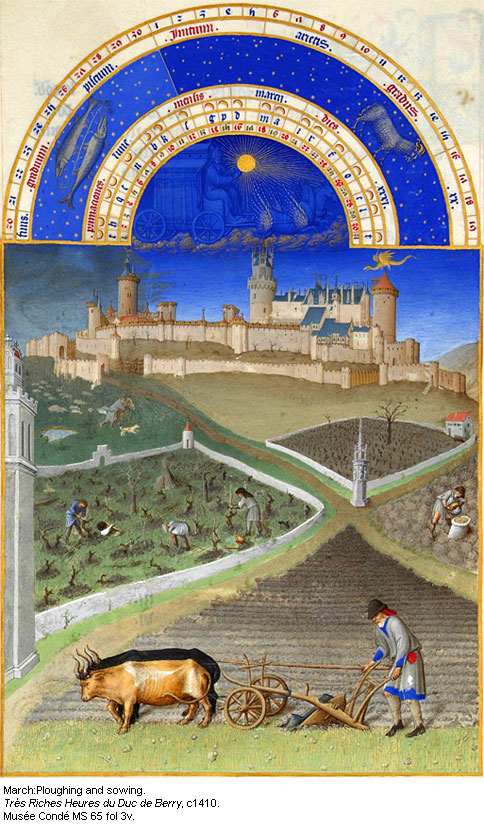 It's a great sight, when you roll up at a place to try to see some birds, and a bunch of birders are there excitedly pointing at something. I rolled up at Bockhill early this morning, intending a stroll along the cliffs, and a gaggle of the Bockhill birders were indeed excitedly pointing at a clump of grass.
It's a great sight, when you roll up at a place to try to see some birds, and a bunch of birders are there excitedly pointing at something. I rolled up at Bockhill early this morning, intending a stroll along the cliffs, and a gaggle of the Bockhill birders were indeed excitedly pointing at a clump of grass.Jack had added yet another great find to his long list, and eventually a Fan-tailed Warbler/ Zitting Cisticola (don't ask) showed itself before flying high and far away.
 Imagine for a moment that the bird above is a Zitting Cisticola (it isn't - it's a Meadow Pipit, but an illustration of some kind is called for). The Bockhillers probably got excellent photos, as the bird was more obliging before I got there, but I've no complaints.
Imagine for a moment that the bird above is a Zitting Cisticola (it isn't - it's a Meadow Pipit, but an illustration of some kind is called for). The Bockhillers probably got excellent photos, as the bird was more obliging before I got there, but I've no complaints. A walk along the cliffs to Langdon Hole failed to find the Zitter (unsurprisingly) or indeed a Ring Ouzel that had been seen there (ditto), but three female Black Redstarts showed, and I was able to check on the nesting Kittiwakes. I reckon that there were about 50 birds at the Langdon end and 60 nearer St Margarets, with a small colony of about 15 nests in between. This is probably up on the last couple of years, albeit way down on a decade or so.
A walk along the cliffs to Langdon Hole failed to find the Zitter (unsurprisingly) or indeed a Ring Ouzel that had been seen there (ditto), but three female Black Redstarts showed, and I was able to check on the nesting Kittiwakes. I reckon that there were about 50 birds at the Langdon end and 60 nearer St Margarets, with a small colony of about 15 nests in between. This is probably up on the last couple of years, albeit way down on a decade or so. There are, however, plenty of predators in the wings........
There are, however, plenty of predators in the wings........










































 As it was the lowest tide for years, a clamber over the rocks seemed a good idea, to see what's out to sea.
As it was the lowest tide for years, a clamber over the rocks seemed a good idea, to see what's out to sea.
 The chalk substrate is pockmarked with holes made, I assume, by the grinding action of molluscs and /or the boring of piddocks. Some areas are also etched with smaller tunnels.
The chalk substrate is pockmarked with holes made, I assume, by the grinding action of molluscs and /or the boring of piddocks. Some areas are also etched with smaller tunnels.


 Back on dry land, the most photographed black redstart posed for yet another picture.
Back on dry land, the most photographed black redstart posed for yet another picture.